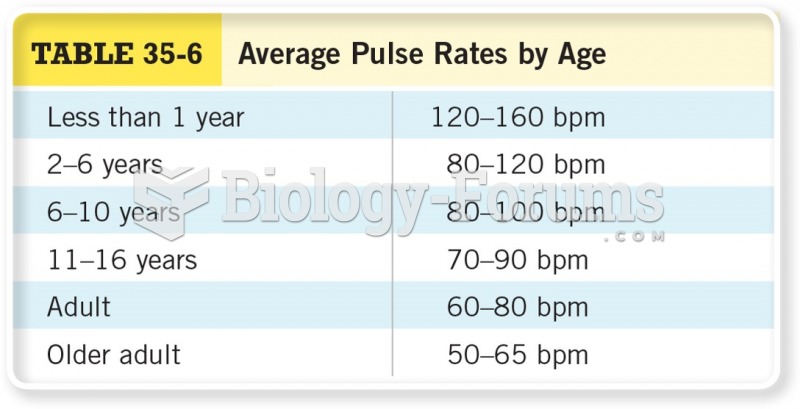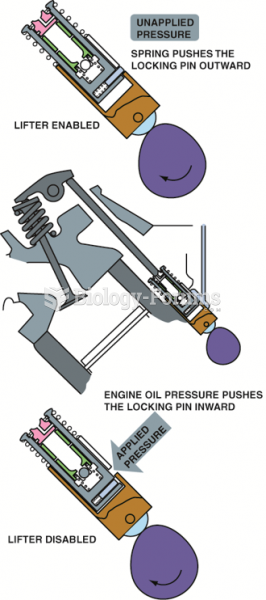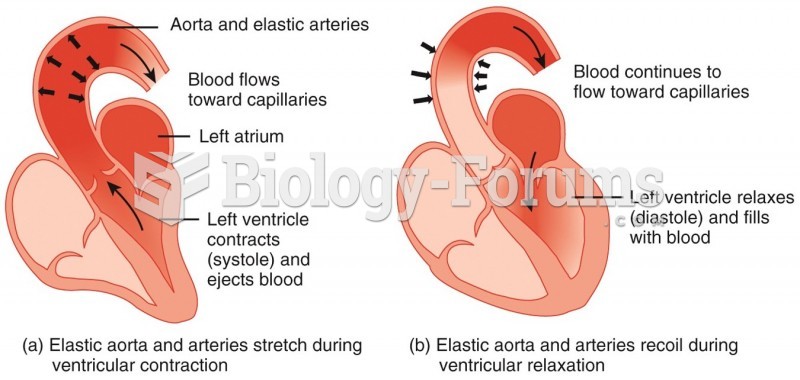Answer to Question 1
ANSWER: When we compare the January and July maps of sea level pressure, we can see several changes in the semipermanent pressure systems. The strong subpolar lows so well developed in January over the Northern Hemisphere are hardly discernible on the July map. The subtropical highs, however, remain dominant in both seasons. Because the Sun is overhead in the Northern Hemisphere in July and overhead in the Southern Hemisphere in January, the zone of maximum surface heating shifts seasonally. In response to this shift, the major pressure systems, wind belts, and ITCZ shift toward the north in July and toward the south in January.
Answer to Question 2
ANSWER: Student answers may vary greatly, depending on whether they live in the United States or elsewhere. For students from the U.S. an appropriate student answer would be that during an El Nino event, a strong subtropical westerly jet stream often directs mid-latitude cyclonic storms into California and heavy rain into the Gulf Coast states. Over the tropical North Atlantic, El Nino tends to reduce the strength of easterly winds at high levels, which disrupts the organization of thunderstorms necessary for hurricane development. Hence, there are fewer hurricanes in this region during El Nino events, and this contributes to a reduced risk of U.S. hurricane landfalls. The opposite occurs during La Nina events, with more frequent hurricanes observed in the North Atlantic and fewer hurricanes in the Northeast Pacific. On average, tropical storms and hurricanes are almost 50 percent more likely to strike the United States during La Nina years as opposed to El Nino years.
Answer to Question 3
ANSWER: The atmosphere and oceans are both dynamic fluid systems that interact with one another in many complex ways. For example, evaporation of ocean water provides the atmosphere with surplus water that falls as precipitation. The latent heat that is taken up by the water vapor during evaporation goes into the atmosphere during condensation to fuel storms. The storms, in turn, produce winds that blow over the ocean, which causes waves and currents. The currents, in turn, may modify the weather and climate of a region by bringing in vast quantities of warm or cold water.







